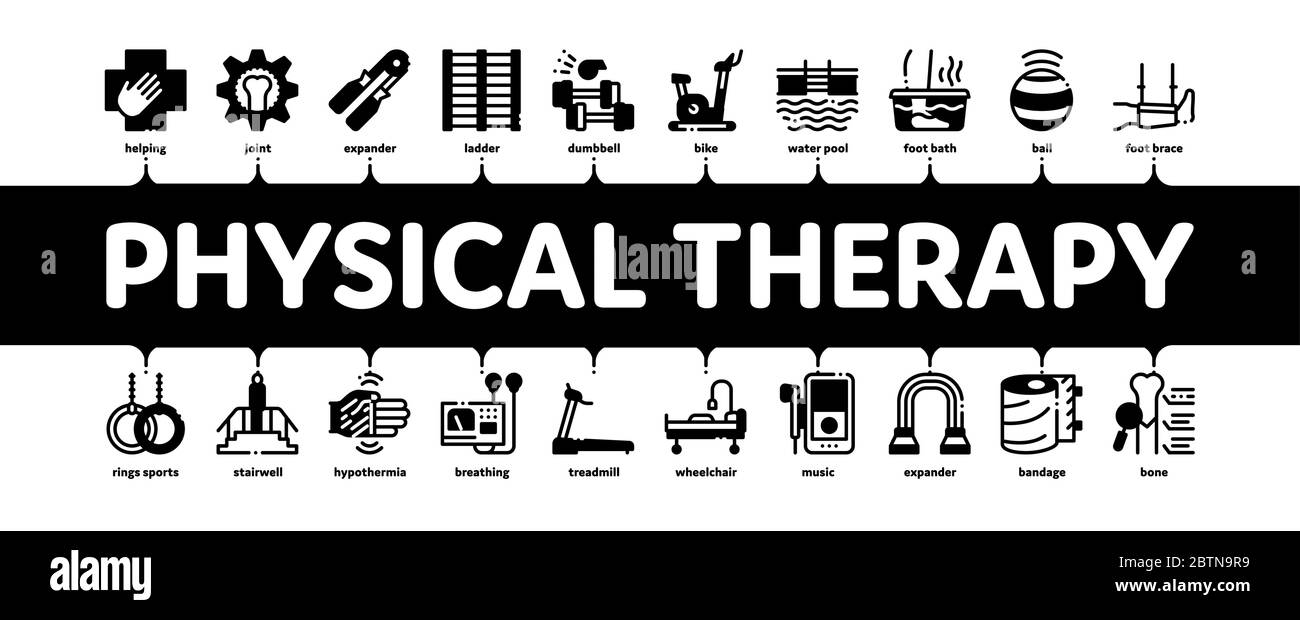
OT in physical rehabilitation
-
Hospital:
- Reduce fall risk
- ROM techniques
- Sitting tasks/activities
- Energy Conservation techniques
- Positioning
- ADLs/IADLs
- Theraband stretches
- DC to an appropriate location like an Outpatient/SNFs/Home Health
-
Outpatient clinic:
- Improving Strength
- Balance
- Endurance
- Functional activity tolerance
- ADLs/IADLs
- DC to an appropriate location like an SNFs/Home Health
-
Home Health:
- Improving Strength
- Balance
- Endurance
- Functional activity tolerance
- ADLs/IADLs
- Home safety assessment
- Adaptations: Ramp, Toilet grab bars, Raised toilet seat, Tub transfer bench
- Reducing fall risk
OTs
treat patients with physical weakness or impairment, impacting their ability to independently perform ADLs/IADLs and functional tasks. OTs focus on Therapeutic exercises, Therapeutic activities, and Neuromuscular reeducation to achieve optimal functioning with daily tasks.
-
Therapeutic Activities:
- Dynamic balance activities while standing
- Gross motor coordination, fine motor coordination training
- Throwing/catching activities to facilitate strength, coordination, and balance
- Thera putty techniques to increase fine motor coordination
- Weight shifting to improve safety with unsupported sit/stand, bilateral manipulation, bilateral integration
- Placement of objects out of reach to increase dynamic skill performance, bending to increase dynamic balance skills
- Dynamic functional activities to increase strength, ROM, and flexibility in a progressive manner
- Writing to increase grasp/release/fine motor skills and dexterity tasks to improve functional skills
-
Therapeutic Exercises:
- UE therapeutic exercises, light weights
- Progressive resistance exercises
- UE TheraBand resistive exercises
- Open chain kinetic exercises, closed chain kinetic exercises
- Proprioceptive Neuromuscular Facilitation (PNF) exercises, contract/relaxation therapeutic exercises
- Therapeutic exercises w/gymnastic ball
Neuromuscular techniques
to facilitate proprioception, motor control, bilateral manipulation, and proprioceptive techniques to improve safety, decrease fall risk, and postural control.

